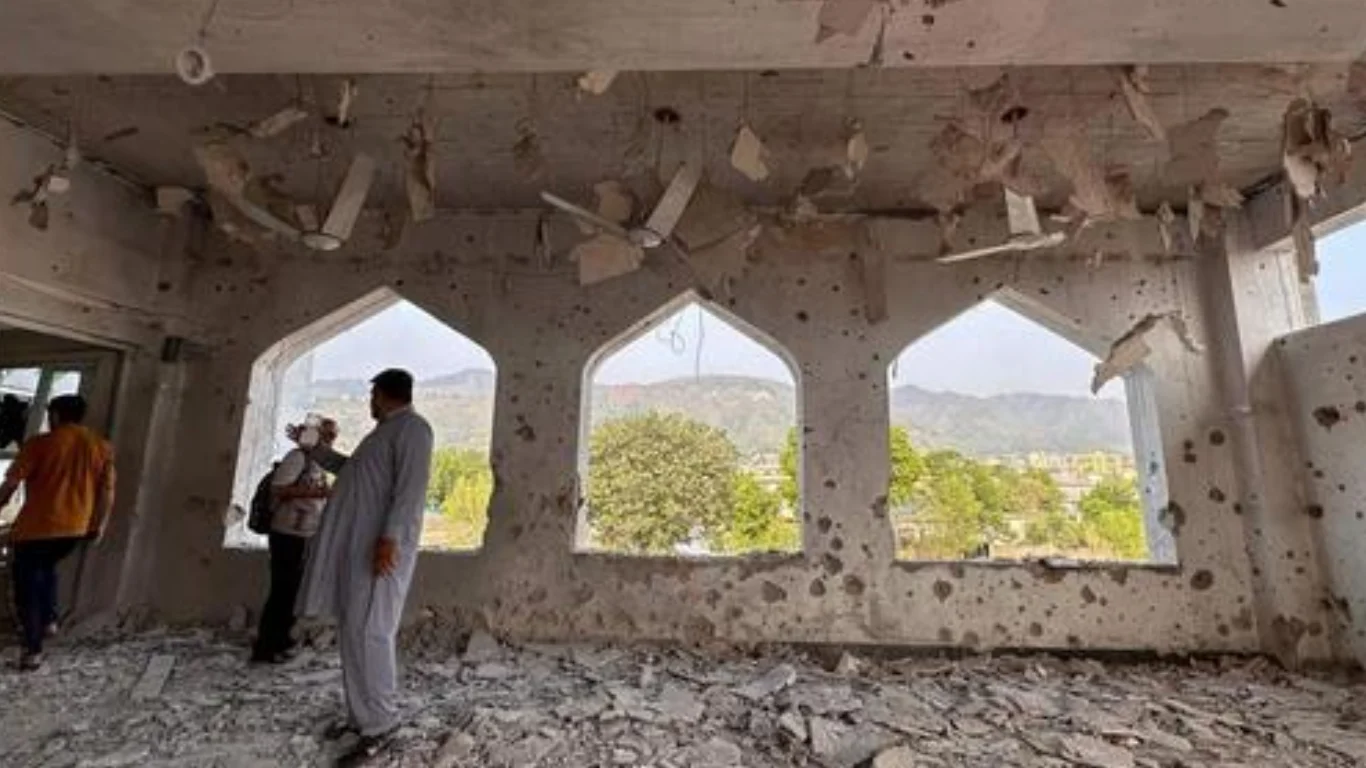
Escalation or Backdown? Analyzing Islamabad’s Strategic Options Amid Rising India-Pakistan Tensions
The recent military escalation between India and Pakistan has brought the South Asian region to the brink of a full-scale conflict. Following the deadly terrorist attack in Pahalgam, Indian-administered Kashmir, on April 22, 2025, which resulted in 26 civilian deaths, India launched Operation Sindoor on May 7. This operation targeted nine sites in Pakistan, including locations in Bahawalpur, Muridke, and Muzaffarabad, which India described as terrorist infrastructure linked to groups such as Lashkar-e-Taiba and Jaish-e-Mohammed. Pakistan, however, claimed that these were civilian sites, including mosques and educational facilities, and reported 31 civilian casualties. In retaliation, Pakistan engaged in artillery exchanges along the Line of Control and claimed to have downed five Indian jets. The situation has prompted global calls for restraint and diplomatic dialogue to prevent further escalation.
Scenario 1: Limited Military Retaliation
One potential response from Pakistan is to conduct limited military strikes targeting Indian military airfields. Former Northern Army Commander Lt. Gen. BS Jaswal suggests that such strikes would aim to cripple India’s ability to respond to Pakistani air operations or support its ground troops. However, Indian officials have indicated that any Pakistani attacks on military targets would be met with heavy shelling across the Line of Control and possible retaliatory strikes by the Indian Air Force. Despite some nuclear rhetoric from Pakistan, retired Indian military officials believe that Islamabad is not seeking a limited nuclear war or a full-scale nuclear exchange. Lt. Gen. DS Hooda opines that Pakistan’s military retaliation will likely be limited.
Scenario 2: Escalated Terror Attacks
Another possible response is an intensified campaign of terrorism within India. Former Vice Chief of Army Staff Lt. Gen. AS Lamba warns that while Pakistan has the capability to escalate terror strikes, it must be cautious to avoid targeting sensitive installations or civilian populations, as such actions would elicit a strong response from India. Direct military action against Indian forces could lead to significant escalation, which Pakistan may find difficult to manage given its internal security and economic challenges.
Scenario 3: Diplomatic Engagement
Despite the breakdown of several bilateral agreements, including the Indus Waters Treaty and the Simla Agreement, there remains a possibility for diplomatic engagement. Former Indian Permanent Representative to the UN, Syed Akbaruddin, notes that while both countries have exhausted many diplomatic avenues, backchannel communications could still provide a platform for dialogue. The international community, including the United States, United Kingdom, China, and Turkey, has urged both nations to exercise restraint and seek a peaceful resolution to the crisis.
Conclusion
As tensions continue to rise, Pakistan faces critical decisions regarding its response to India’s military actions. The options range from limited military retaliation and escalated terror attacks to renewed diplomatic efforts. Each choice carries significant risks and potential consequences, not only for the two nations involved but for regional and global stability. The coming days will be pivotal in determining the trajectory of this conflict and the prospects for peace in South Asia.

















